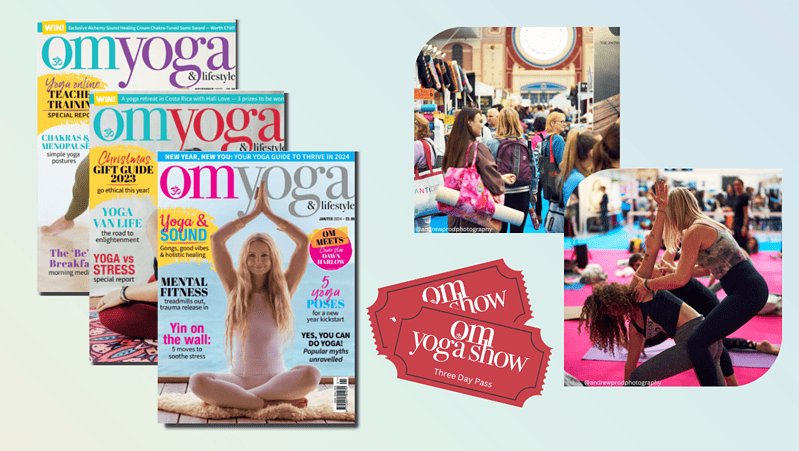
The subtle gift of surrender
Genuine self-acceptance comes from a place of surrender
On the first day of my yoga teacher training course, I broke my leg.
Yes, I will forever be known as the yoga teacher trainee with the broken leg. I slipped on a wet drain on my way to my first class and I fractured my tibia in two places. I refused to go get an x-ray, insisting that it was just a bruise. Instead, I powered on through, continuing to exercise, go to spin class, lift weights and drive my impractical, (very heavy) car. I was in constant pain, but I resisted and fought and refused to seek medical help. It just got worse and worse the more I buried my head in the sand, until I needed crutches to walk and had to replace my car with one that was much easier to drive and far less fun.
After two months of agony, I finally accepted that I might have done some serious damage and got myself an appointment with my GP. I ended up having to take some serious time off to rest my leg, and get a lot of physio, but once I accepted the situation and took the required actions, my leg was able to heal.
Things were only able to improve once I accepted where I was at and relinquished the need to control the situation. By pretending that everything was fine, everything was not fine, things actually got worse, and I ended up with a very painful ongoing condition that still causes me problems three years down the line. If I had simply accepted that I had broken my leg, got it looked at straight away and rested for a few weeks, I could have saved myself months of pain and I’d probably still have my fun car.
I guess the point I want to make is that genuine self-acceptance comes from a place of surrender. All we need to do is completely accept the situation and let go of resistance. Sounds simple, right? Definitely easier said than done when you’re a yoga teacher trainee with a broken leg and course requirements to meet.
Accept that it is what it is, stop resisting it, and learn to be okay with it. By fully accepting the situation, things are often able to improve because it then becomes possible to take the necessary actions. It’s all in the process: assess and accept the situation, then changes and/or healing can happen. Self-acceptance is the final realisation that you have a broken leg and therefore need to stop going to spin class!
The first step is to assess the situation and work out what could be causing the problem. Is there something that you want to change about your life that is making you feel unhappy? If there’s something you can do to change it, work out an action plan. Lists are a useful tool here.
The second step is to let go of expectations, resistance, and negativity. Forget what ‘perfect’ looks like. Perfect is subjective, and therefore also impossible. Think about how people with straight hair want curls, but people with curly locks want straight hair. Neither is better than the other, neither is good or bad, it is simply down to personal preference. I always had perfectly in-the-middle, untameable frizz and would have been happy with either curls or straight hair!
Unruly hair aside, we all have a different idea of perfect. The definition of perfect is ‘free from fault’, and a fault is defined as an unsatisfactory feature…but who decides what a is unsatisfactory? The media? Me? You? People with curly hair? People with straight hair? Nothing is necessarily good or bad, perception is subjective. So surely this means that a fault isn’t actually a fault, it’s just a quality or feature. And now that we have established that there is no such thing as perfect, and faults are an impossibility, you can drop the expectations of perfection and stop stressing about reaching an unachievable goal.
“It is what it is” became my mantra when I finally accepted that I had injured my leg, let it be yours too. Stop punishing yourself for not being where you want to be and realise there isn’t much that you can do to change things in an instant because you do not have a magic wand. Instead, start taking actions where you can and be proud of yourself for doing something to make a positive difference. Try looking at what you do have, or what you are doing to work towards your goal and celebrate that.
The third step is patience. Understand that nothing will change overnight, so learn to be patient and avoid the temptation to punish yourself for slip-ups or slower progress than you would like.
Self-acceptance takes time, and baby steps are still steps, especially if you have a broken leg.







